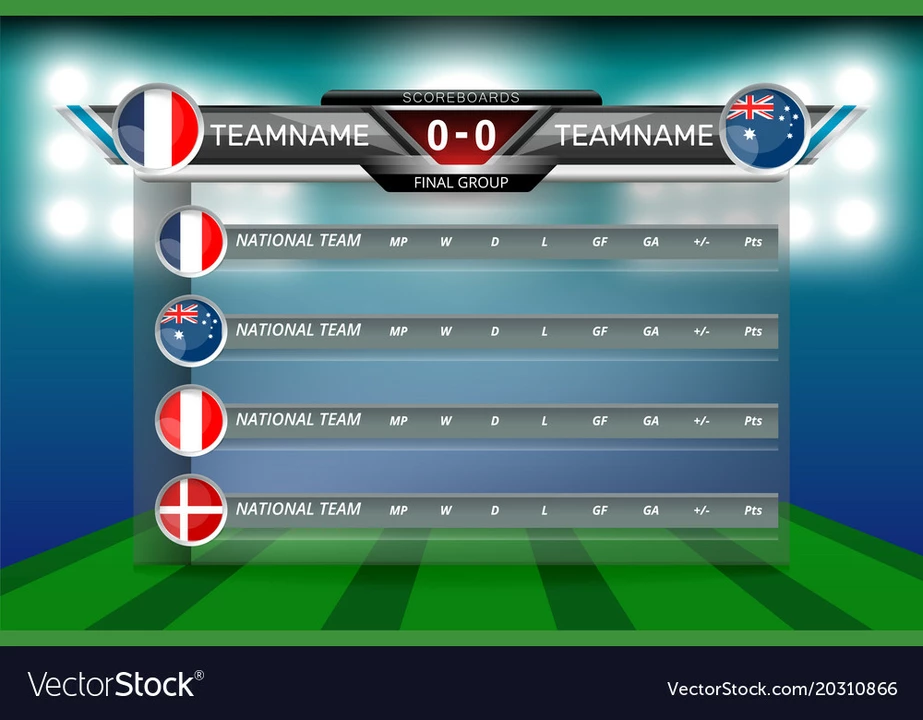Sports Technology and Broadcasting: How TV Scoreboards Keep Perfect Time
Ever wondered why the clock on your TV matches the official game clock down to the second? You’re not alone. That tight sync is the result of a blend of software, data feeds, and a bit of human oversight. Let’s break down how it works.
How TV Scoreboard Graphics Stay in Sync
First off, broadcasters hook into the official timing system used on the field or track. Most leagues use a dedicated timing board that sends a digital signal every heartbeat of the game. That signal travels through a secure network straight to the broadcast center.
Once the data arrives, a graphics engine—think of it as a real‑time visualizer—receives the time stamp and updates the on‑screen clock instantly. The engine is programmed to handle pauses, overtime, and time‑outs without missing a beat. If the official clock stops, the graphics automatically freeze, then resume when play starts again.
Human operators still play a role. A producer watches the feed closely and can intervene if a glitch occurs. They have a control panel that lets them adjust the clock manually, but that’s a last‑resort move. Most of the time the system runs on its own.
Tools and Tech Behind the Scenes
The backbone of this process is a data protocol called SMPTE 2022, which is designed for low‑latency video and timed data. It ensures the clock data arrives faster than the picture, keeping the graphics in lockstep with what you see.
Another key piece is the graphics software itself—popular choices include Vizrt and Chyron. These platforms can ingest live data streams, apply templates, and push the result to the broadcast output in milliseconds. They also let broadcasters add extra info like team names, scores, and penalties without delaying the feed.
On the transmission side, the updated graphics are baked into the video signal before it hits the satellite or fiber link. That way, the viewer’s TV receives a single, seamless picture that already has the correct clock embedded.
Why does all this matter? A synchronized clock builds trust. Fans rely on that number to know exactly when a game ends, when a penalty expires, or when a final sprint begins. When the clock is off, even by a second, it can cause confusion and controversy.
For teams and officials, the synced broadcast also serves as a backup record. In disputed moments, they can refer to the broadcast clock as an independent check against the on‑field timing system.
Next time you’re watching a race or a football match, pay attention to that tiny digital clock in the corner. It’s the product of precise timing equipment, real‑time graphics engines, and a watchful producer making sure the numbers line up.
In short, the magic behind TV scoreboard graphics is a mix of automated data feeds, specialized graphics software, and a human safety net. The result? A smooth, trustworthy viewing experience that lets you focus on the action without second‑guessing the time.
Posted By Caspian Beaumont On 12 May 2023 Comments (0)
How do TV scoreboard graphics sync with official game clocks?
As a sports enthusiast, I've always been curious about how TV scoreboard graphics sync so perfectly with official game clocks. It turns out that the synchronization process involves a combination of advanced technology and human input. Broadcasters often use specialized software that receives data directly from the official game clock, ensuring accurate, real-time display of the time remaining. In addition, camera operators and producers at the broadcasting station collaborate to ensure the on-screen graphics are consistently updated and aligned with the live action. This behind-the-scenes teamwork guarantees that we, the viewers, can enjoy a seamless, immersive sports experience.
READ MORE